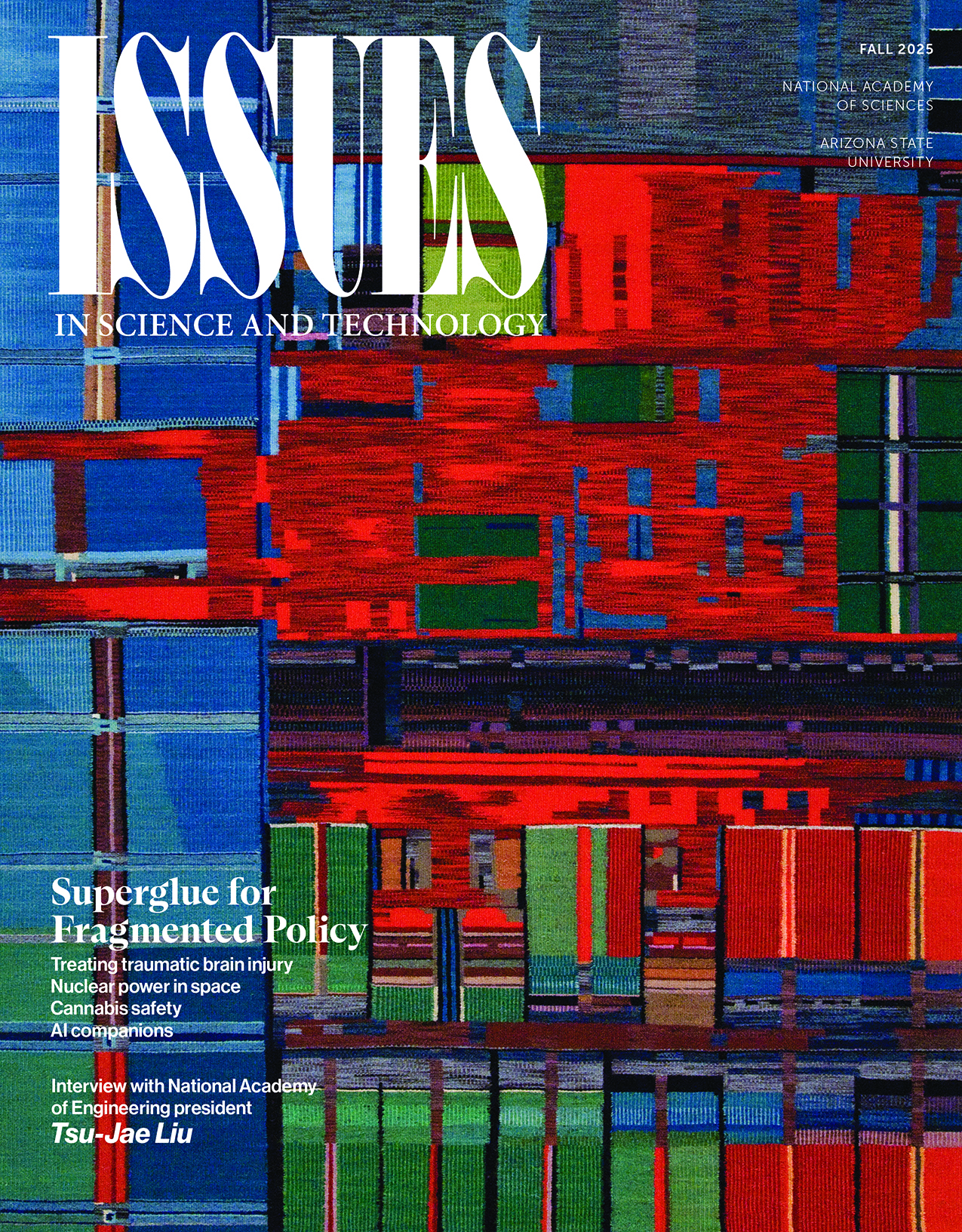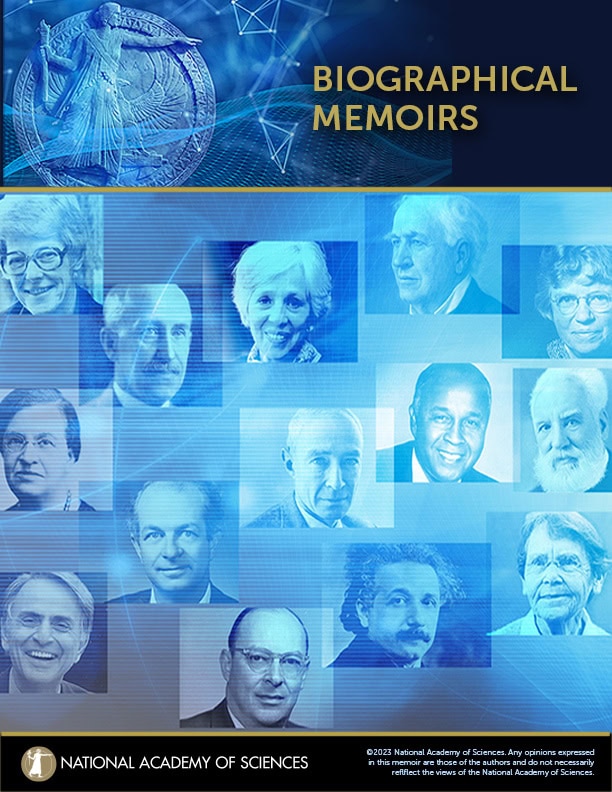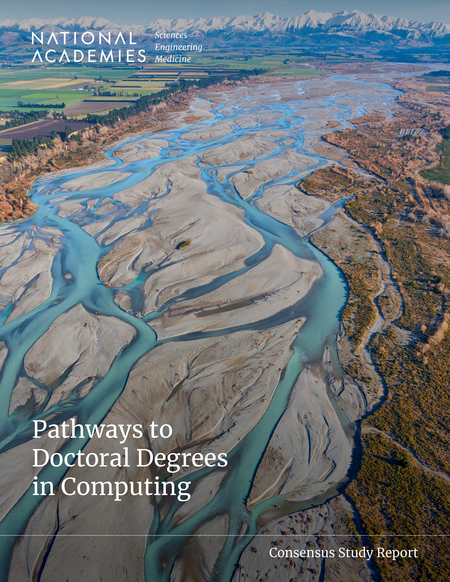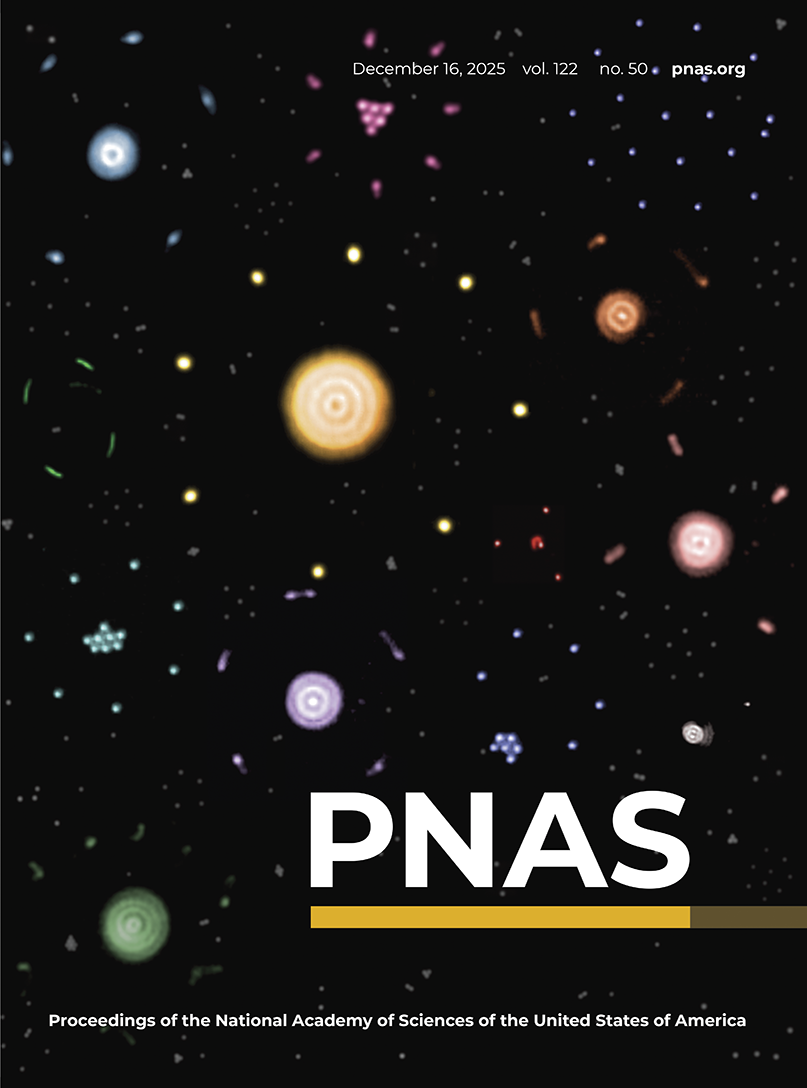
Proceedings of the National
Academy of Sciences
Proceedings of the National Academy of Sciences (PNAS) is an authoritative source of high-impact, original research that broadly spans the biological, physical, and social sciences. The journal is global in scope and submission is open to all researchers worldwide.
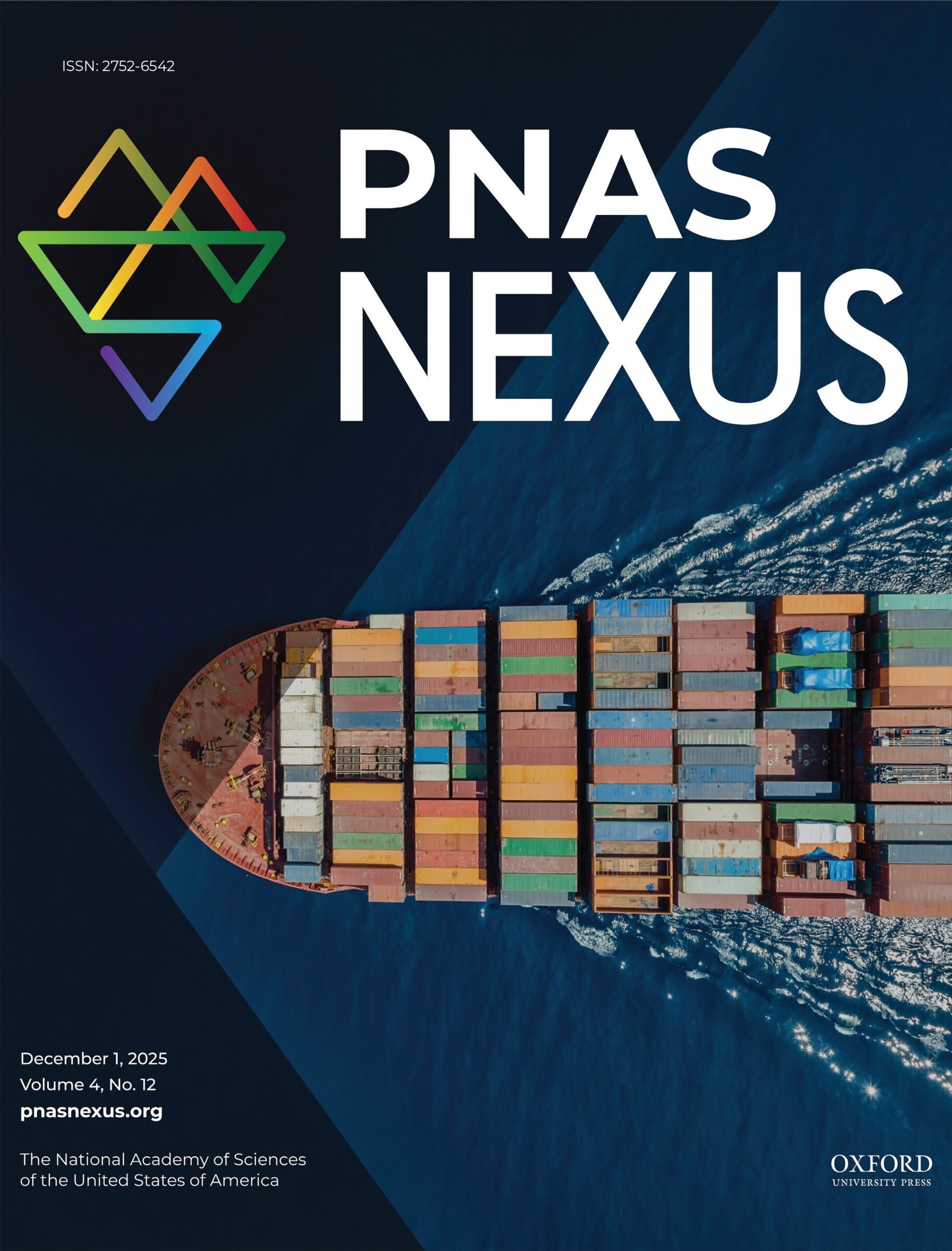
PNAS Nexus
PNAS Nexus is a gold open access journal dedicated to publishing high-quality original research from across the biological, medical, physical, social, and political sciences, and engineering and mathematics, promoting collaboration across diverse fields.

